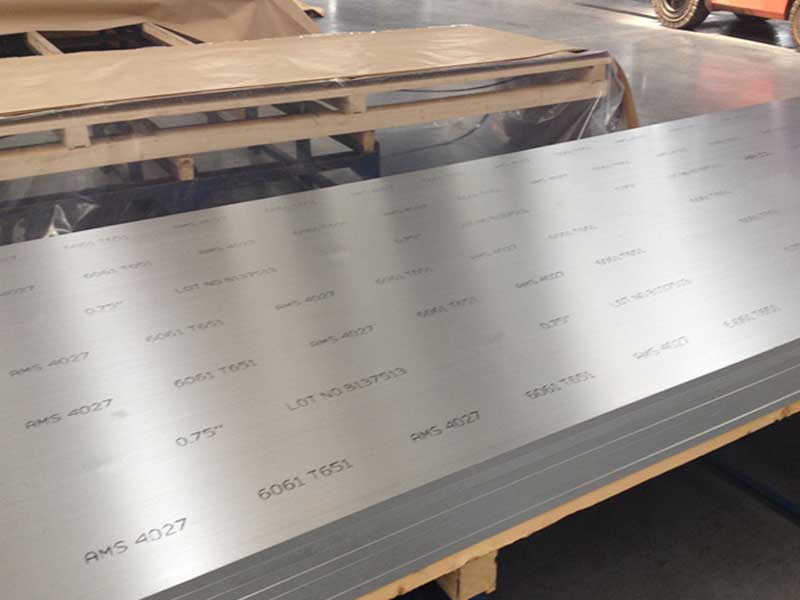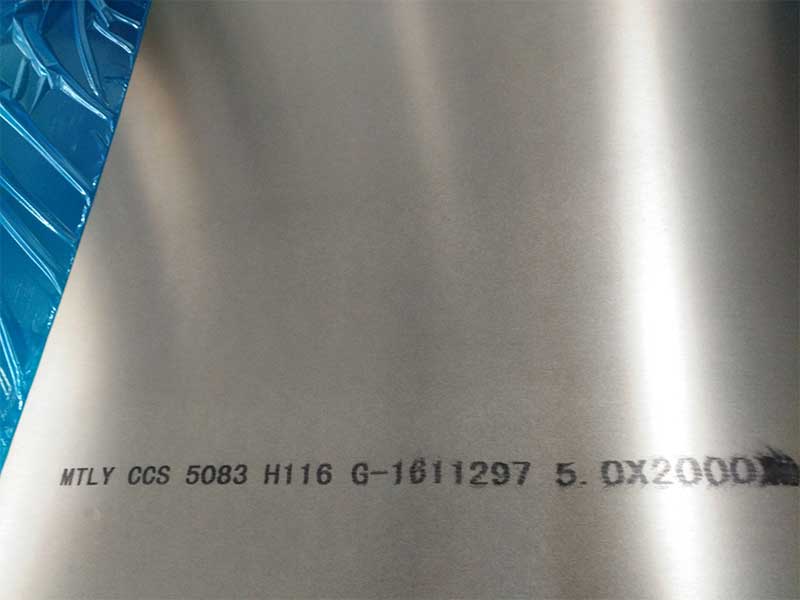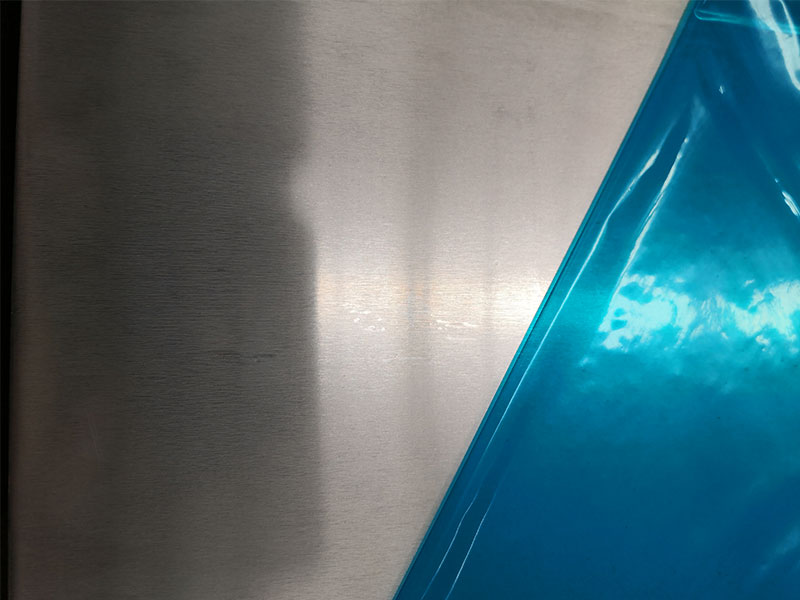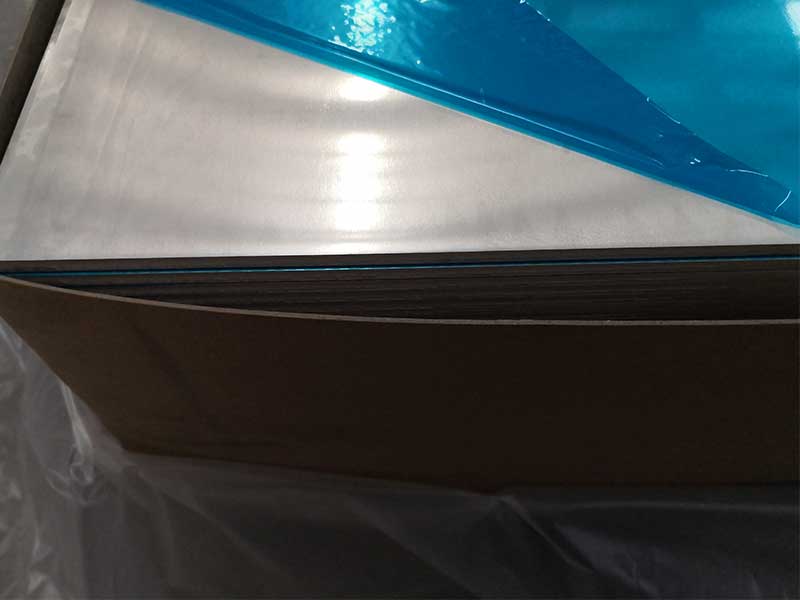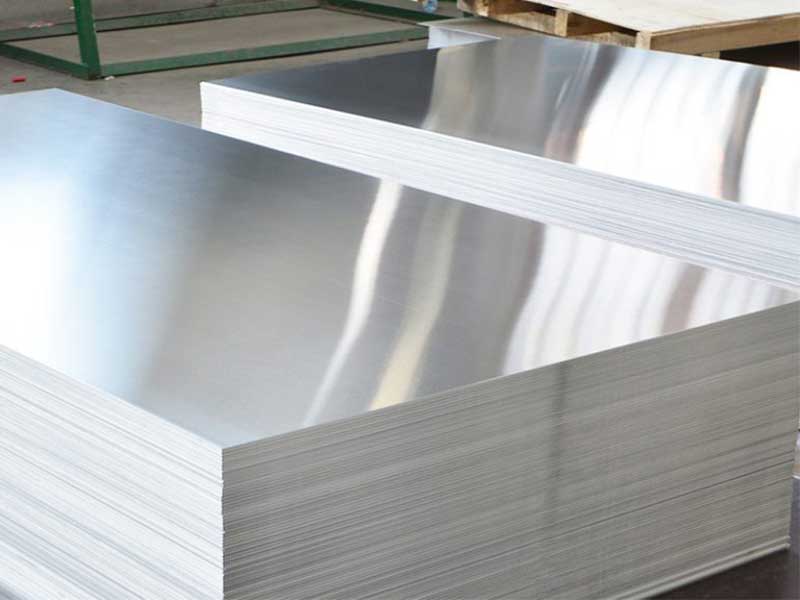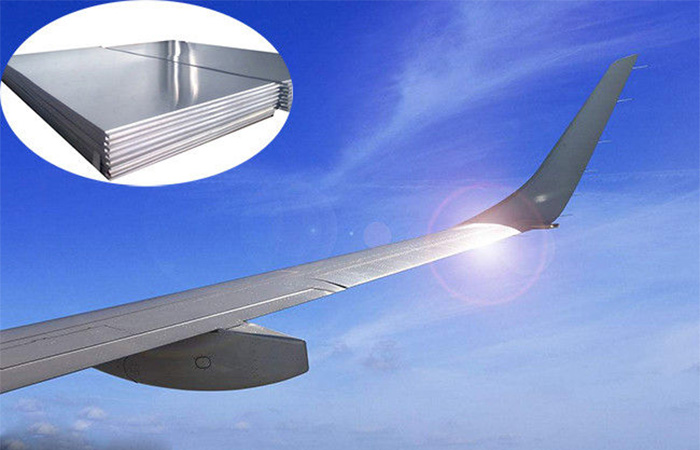Astm b209 alloy 3003 aluminium plate
ASTM B209 Alloy 3003 Aluminum Plate: A Unique Perspective
When it comes to the realm of aluminum materials, the ASTM B209 Alloy 3003 aluminum plate stands out for its unparalleled features and applications. Often celebrated for its practicality, economic benefits, and workability, 3003 is one of the most commonly used aluminum alloys.
The Underlying Properties
ASTM B209 specifies the requirements for Aluminum and Aluminum-Alloy Flat Sheet, OCI, and Plate that have been metallically coated; however, the Alloy 3003 rises above with its unique set of characteristics.
-
Composition and Formability: Comprising primarily of aluminum with manganese as its main alloying element, 3003 is renowned for exceptional ability to resist corrosion while retaining its formability. This means it can be shaped and molded into very specific applications without any significant structural limitations, which is essential for industries demanding fine-tuned accessibility to mechanical properties.
-
Strength to Weight Ratio: Another distinguishing feature is its remarkable strength-to-weight ratio. Unlike heavier metals, this aluminum alloy provides enough resistance to handles systemic fatigue without weighing down components in a significant manner. This quality renders 3003 an ideal candidate for applications where nimbleness in design without compromising durability is essential.
-
Weldability and Machinability: In a manufacturing landscape where cost-effectiveness and efficiency are crucial, 3003 takes the charge with its excellent weldability and machinability. It’s adept at taking to screws, smart joints, and bonding processes without risking material integrity, which ultimately simplifies assembly chains.
Applications Galore
The use cases for ASTM B209 Alloy 3003 aluminum plate are wide-ranging and diverse. You’ll find this alloy across several sectors:
-
Residential and Commercial Industries: Used for building exteriors such as sidings, window frames, and roofing, its semi-smooth surface finish often spells mastery in aesthetic functionality. Versatility and adaptability make it highly dominating in architectural designs where curves and unique energy efficiency play a role.
-
Transportation Sector: In the automotive industry, shift towards lightweight building materials for vehicle manufacturing makes 3003 an optimal selection for accomplishing the dual goal of enhanced fuel-efficiency alongside functional performance. Marine and aerospace engineering also value these qualities continuously.
-
Kitchen and Food Transportation: Intriguingly, these alloy sheets are optimal for fabricating kitchen structures or cold trucks due to their anti-corrosion health. Besides, with health code implications as busineses seek resistant and easy-to-clean surfaces, its inclusion in food-related applications enhances hygienic storage avenues significantly.
Texture Meets Appearance Advantage
One perspective that often gets brushed aside while discussing technical specifications is texture and appearance. Aluminum doesn't just perform, it can truly shine aesthetically on its own or with minor implements. Alloy 3003 can be fashioned into commercial potential appearances: brushed finishes, stippled surfaces, and colored coatings can allow businesses versatility for branding purposes. Allowing vivid aesthetics while harnessing the robust window of usability propels fashioned products exhibited on utility storefronts.
Innovation and Sustainability
Amazon upcycle trends aside, skillful propositions in advancing manufacturing procedures are coupled engaging sustainability policies, leaving traditional metallic use behind. Numbers indicate a continuously orphaned focus on green-aligned production mechanisms — Arnold’s intention toward gentle environmental footprints keeps Kobe plates homeward as demand trunk factors into glass and other resorts dissolve energy-methods.
https://www.aluminumplate.net/a/astm-b209-alloy-3003-aluminium-plate.html


